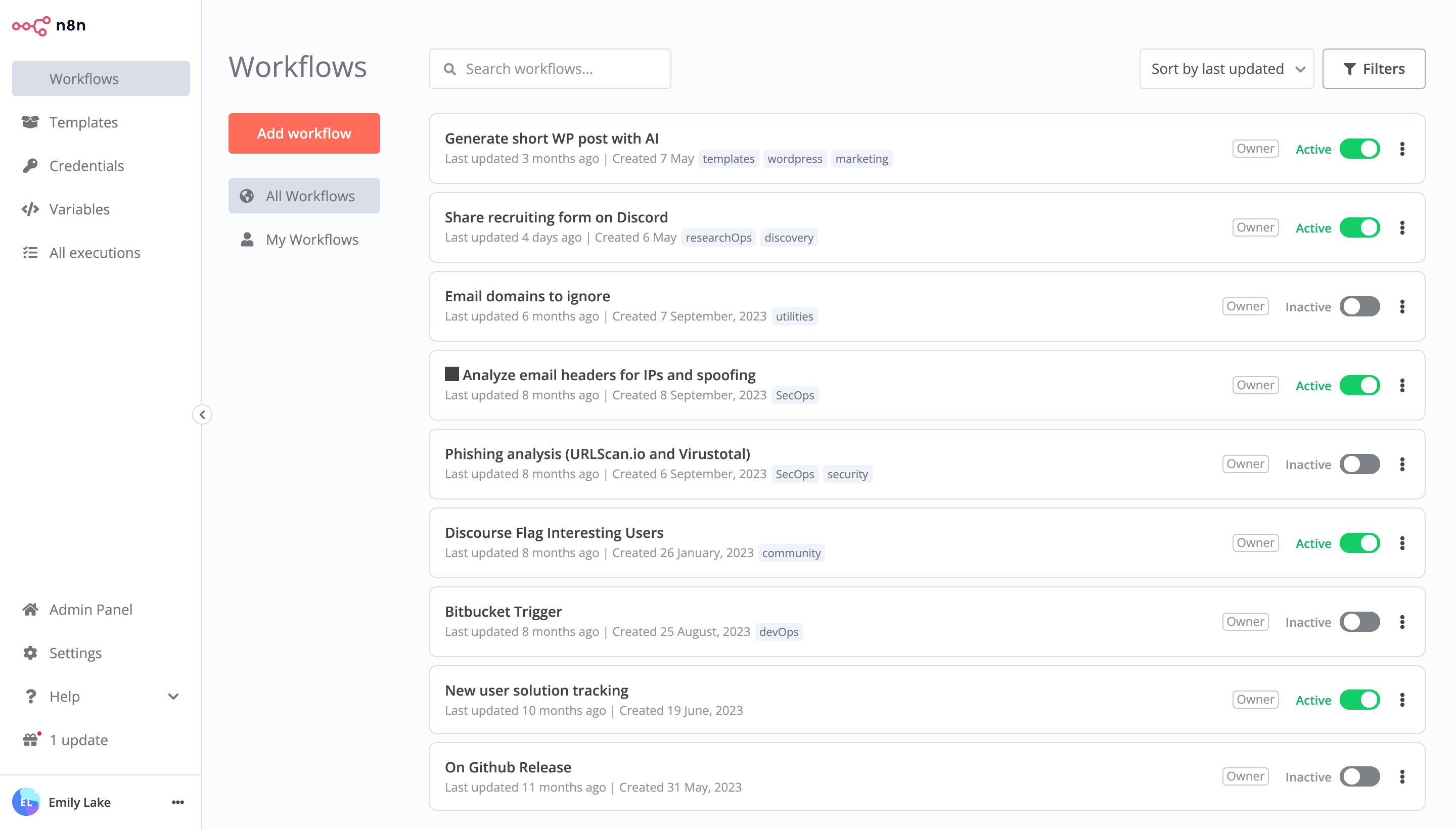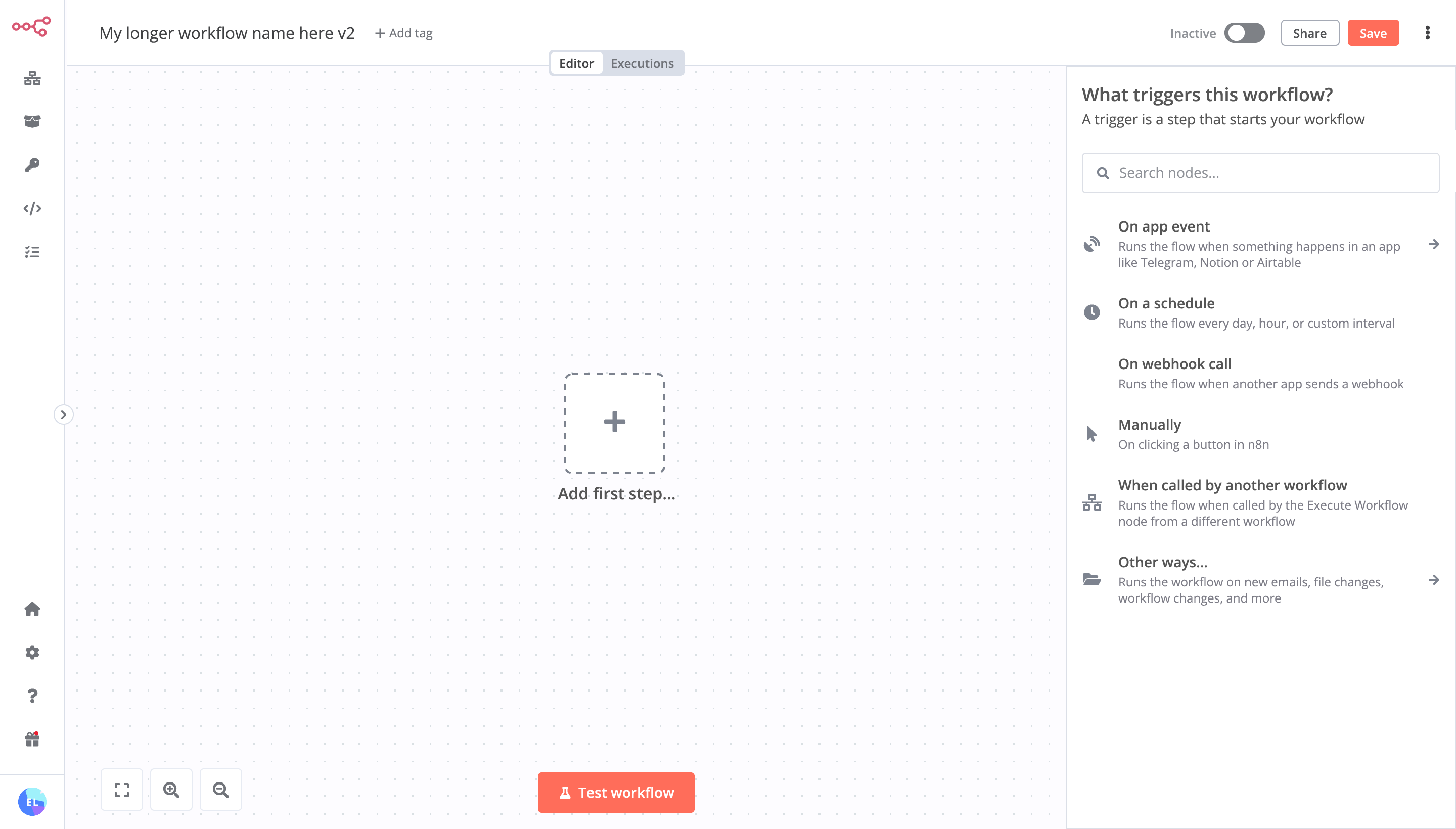Back to Integrations 





Cloudinary and Radar integration
n8n lets you integrate Cloudinary with Radar to build powerful workflows. Design automation that extracts, transforms and loads data between your apps and services. You can choose from a wide range of operations supported by a product's API and use n8n’s HTTP Request node to make custom API calls. Connect apps that are both in and outside n8n’s apps library.
Build your own Cloudinary and Radar integration
Create custom Cloudinary and Radar workflows by choosing triggers and actions. Nodes come with global operations and settings, as well as app-specific parameters that can be configured. You can also use the HTTP Request node to query data from any app or service with a REST API.
How to connect Cloudinary and Radar
Step 1: Set up n8n
Step 2: Create a new workflow to connect Cloudinary and Radar
Step 3: Add the first step
Step 4: Add and authenticate the Cloudinary using the HTTP Request node
Step 5: Add and authenticate the Radar using the HTTP Request node
Step 6: Configure Cloudinary and Radar nodes
Step 7: Connect Cloudinary and Radar
Step 8: Extend your Cloudinary and Radar integration
Step 9: Save and activate workflow
Step 10: Test the workflow
Cloudinary and Radar integration details
FAQs
Can Cloudinary connect with Radar?
Can I use Cloudinary’s API with n8n?
Can I use Radar’s API with n8n?
Is n8n secure for integrating Cloudinary and Radar?
How to get started with Cloudinary and Radar integration in n8n.io?
Looking to integrate Cloudinary and Radar in your company?
Why use n8n to integrate Cloudinary with Radar
Build complex workflows, really fast





